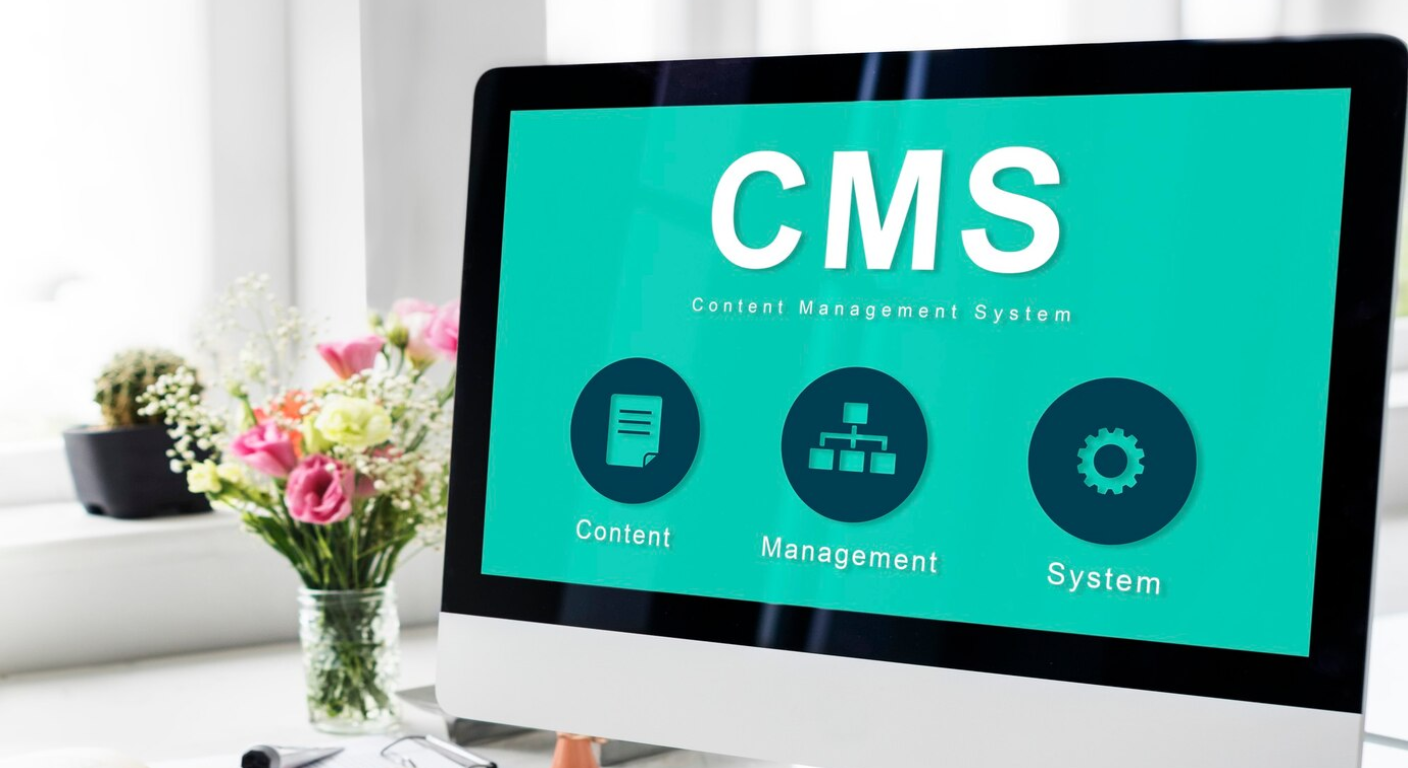Choosing the right Content Management System (CMS) is one of the most important decisions in web development. In 2025, options have expanded from traditional platforms like WordPress to headless CMSs like Strapi and no-code tools like Webflow. The right CMS depends on your content needs, development experience, scalability goals, and budget. This blog helps you evaluate the best CMS platforms available today and decide which fits your project’s unique requirements.
1. What Is a CMS and Why Use One?
A CMS allows users to manage and publish website content without writing code. It separates content from code, enabling non-developers to update pages, blogs, and images easily. A good CMS simplifies workflow, enhances SEO, and speeds up project delivery. In 2025, modern CMSs also integrate with APIs, personalization engines, and mobile platforms.
2. WordPress – Still Relevant in 2025
WordPress powers over 40% of the web and remains popular due to its vast ecosystem, themes, plugins, and community support. In 2025, the Gutenberg editor continues to evolve, and WooCommerce remains a leading eCommerce option. It’s ideal for blogs, small businesses, and content-heavy websites. However, its plugin dependency and security vulnerabilities make it less appealing for large-scale apps.
3. Headless CMS Platforms
Headless CMS decouples content management from presentation. Examples include Strapi, Contentful, Sanity, and DatoCMS. These platforms offer APIs (REST/GraphQL) for frontend frameworks like React or Vue. Ideal for JAMstack and omnichannel content delivery, they offer more flexibility but require development expertise. They are the go-to choice for custom apps, SaaS platforms, and static websites.
4. No-Code and Visual CMS Platforms
No-code CMS platforms like Webflow, Wix Studio, and Squarespace are great for small businesses, startups, and designers. They offer drag-and-drop builders, built-in hosting, and responsive design. In 2025, these tools now support dynamic content, animations, and ecommerce features—making them ideal for quick launches without developers.
5. CMS for E-commerce
For e-commerce websites, choose a CMS that integrates with shopping carts and payment gateways. WordPress + WooCommerce, Shopify (with CMS capabilities), and headless options like Commerce Layer or Shopify Hydrogen are leading choices. Scalability, performance, and checkout customization should guide your CMS decision here.
6. Self-Hosted vs Cloud-Based CMS
Self-hosted CMSs (like WordPress.org or Strapi) offer full control, but require maintenance and updates. Cloud-based CMSs (like Contentful, Webflow, or Shopify) offer easier setup and built-in security but limit backend customization. In 2025, cloud CMSs dominate SaaS projects, while developers still prefer self-hosted options for control and customization.
7. CMS for Multilingual and Localized Content
Platforms like Sanity, Contentful, and WordPress (with WPML or Polylang) allow managing content in multiple languages. In 2025, global businesses rely on CMSs with localization support, dynamic translation workflows, and regional content personalization.
8. Integrations and Extensibility
A good CMS should connect with your tools—email marketing, analytics, CRMs, social platforms, and automation tools. Headless CMSs integrate easily via APIs. WordPress offers plugin-based integrations. In 2025, even no-code CMSs support Zapier or native integrations for streamlined workflows.
9. Security and Role-Based Access
Choose a CMS with strong user permissions, role management, and content approval workflows. Especially for multi-author blogs or enterprise sites, role-based access prevents accidental content edits or security issues. Platforms like Sanity and Contentful shine here with advanced team controls.
10. Cost and Licensing
CMS pricing varies widely. WordPress is free but may incur costs via themes, plugins, or hosting. Headless CMSs like Contentful have tiered pricing. Webflow charges per project or workspace. Evaluate based on monthly cost, features, and scalability before committing.
Conclusion
The CMS landscape in 2025 is diverse. From classic WordPress to modern headless and no-code platforms, the right CMS depends on your goals, team skills, and content strategy. For control and flexibility, headless CMS is the future. For speed and simplicity, no-code platforms are ideal. Choose wisely and build a system that scales with your website’s growth.





